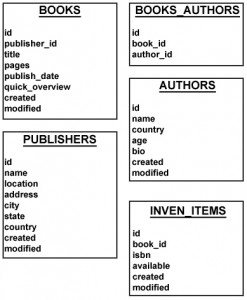
Location services, good or bad? Well that depends on how it is used. If you you it to stalk other people, then it could be bad. It could also be a better way to stay engaged. Locus, defined as:
1. a place; locality.
2. a center or source, as of activities or power: locus of control.
3. Mathematics. the set of all points, lines, or surfaces that satisfy a given requirement.
In each of those definitions, it can apply to how individuals and companies react in the social sphere. Even extending the Math definition could help. Starting on the first definition, a place or locality, we can look at recent events to see how this plays out. Protests in the Middle East have been widely reported. Some countries shut down Facebook and Twitter and other sites because they do not want information getting out. By Tweeting or posting an update on Facebook, the people add locations and the world is able to see the events. The storms that swept the south of the United States and wiped out community after community. And location services played a role in re-uniting people, and being able to let others know outside of that area status updates. In the aftermath of the Japan quake, Google provided location services so people could be found and updated. Information flowing, connecting people is just one part of location services.
But it is not just about extreme conditions, or emergency services, it can be used for businesses. We can examine the hotel chains as a prime example. Their business model is to allow people to stay in a place away from home, and be comfortable (hopefully). Hotels needs to have rooms filled in order to make money. If rooms go empty, then it is hard for a hotel to make money. Hotels in larger cities are plentiful and more competition exists to fill those rooms. A new app available on the Apple line of mobile products, HotelsTonight provides a great service that some hotels have taken great advantage. This provides a way for people to get last minute deals on hotels in the city they are currently in. Imagine being in a city and having to stay over night because of a meeting that ran long, flight canceled, out for a night on the town, etc, and you need a place to stay. By using this app, it will provide different hotels with deals on empty rooms. If you ran a hotel in one of these cities, why not use this type of service?
And it extends more. At first, Twitter and Foursquare seemed like the perfect apps for college age friends to meet up, find out what is going on. I have friends in different cities across the United States, and it is funny to see them check in to different places and become “mayor”s of certain places. It is almost like a game of “King of the mountain” that we can play being in different cities, to see who can become mayor of most places. Foursquare provides more information as well. While traveling, we stopped in a restaurant. I checked in to to restaurant and found special deals for this place, and suggestions made by others who had been there before. Some places even offer discounts on the food when you check in at their location. We got a free appetizer for checking in at a local Greek restaurant. All we had to do was show them our iPhone with the check in.

So why should this matter to anyone? It will not if you do not care about technology. Like it or not, we are becoming an increasingly connected global society. Location services, whether by a mobile application, or by web app, can help. It can help in times of needs, in times of trouble, in times for fun, in times for business. it your place, your locality. Use it for a center or source of activities, provide knowledge of your product. It can be used to help promote your product/service as the solution for the potential customers’ set of requirements at that location. When we start to look at the location services as more than a mere annoyance, and another method to engage and build customer relationships, it can become a powerful tool.




